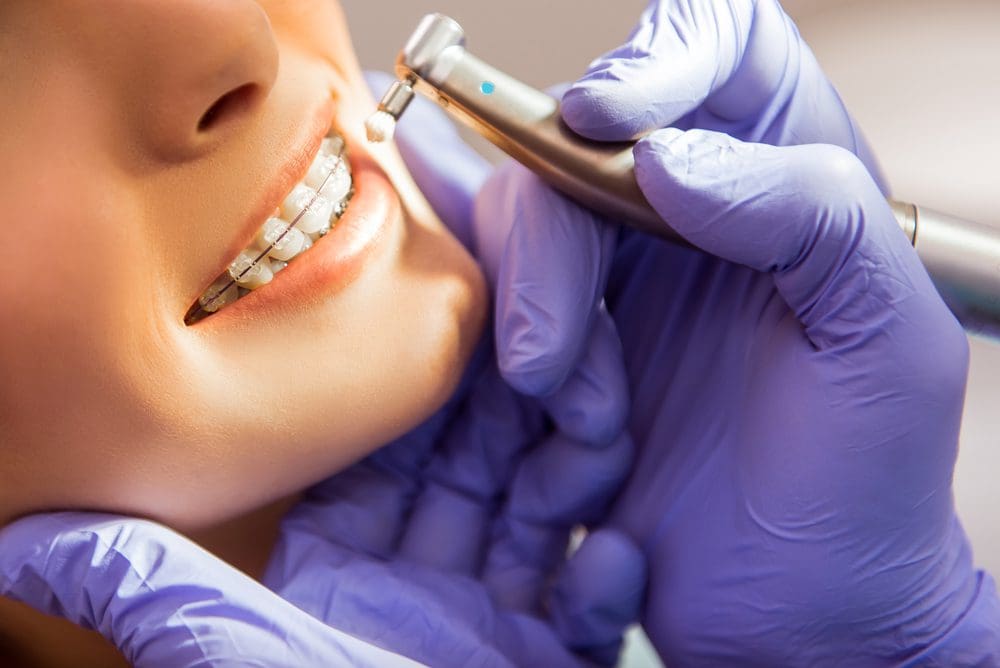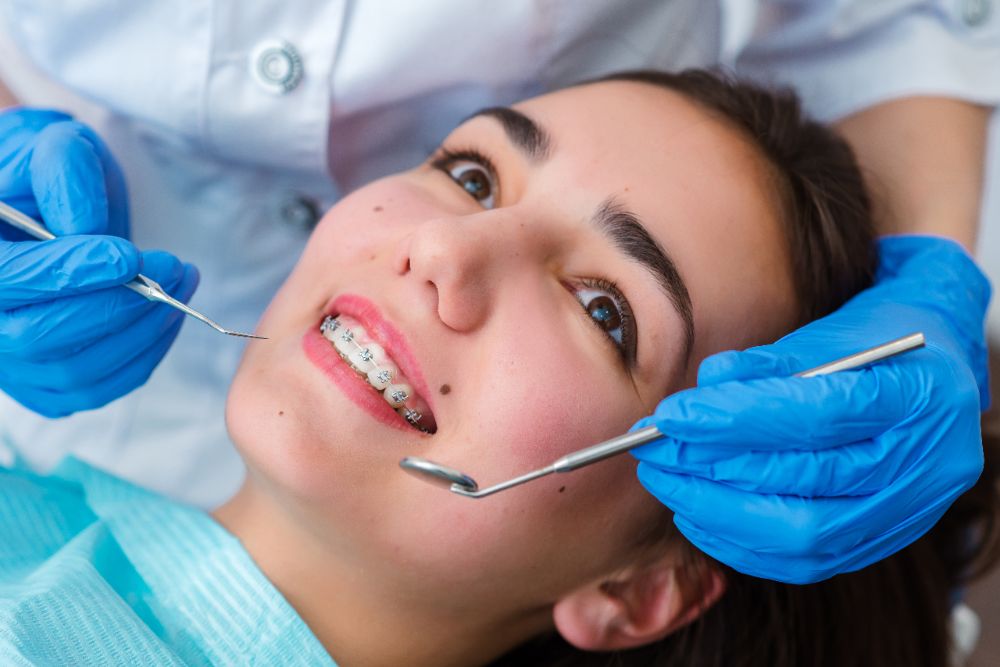Locating the Right Cumming Orthodontist for Your Braces and Aligners Needs
Comprehensive Guide to Orthodontics Procedures for Remedying Oral Misalignments
In the world of orthodontics, the trip to accomplishing a perfectly straightened smile entails a myriad of treatments customized to correct dental imbalances. From traditional braces to undetectable aligners and also medical options, the field of orthodontics provides a variety of options to address varying degrees of oral irregularities. Comprehending the intricacies of each procedure, including their mechanisms, advantages, and potential downsides, is important in making notified decisions regarding one's orthodontic treatment. As we browse via the detailed overview to orthodontic treatments for remedying dental misalignments, the detailed information of each approach will unravel, losing light on the path toward a unified and useful oral placement.
Orthodontic Procedures Review

In addition to traditional dental braces and clear aligners, orthodontists might additionally suggest other interventions like headwear, palatal expanders, or retainers to deal with specific positioning issues (invisalign). These treatments are customized to each person's one-of-a-kind demands and may include a mix of therapies to attain the wanted outcomes. Regular modifications and monitoring are important components of orthodontic therapy to make sure progress is on track and to make any type of required adjustments in the process. By going through orthodontic treatments, individuals can not just accomplish a straighter grin however also enhance their general oral health and function.
Traditional Braces: Just How They Function
When considering orthodontic treatments for oral misalignments, typical dental braces stand apart as a time-tested method for correcting teeth positioning. Standard dental braces consist of braces, cables, and bands that collaborate to apply continual stress on the teeth, gradually relocating them into the desired alignment. The braces are affixed to the teeth using an unique adhesive, and the cords are threaded via the braces. By readjusting the stress of the cords, orthodontists can control the instructions and force related to each tooth, leading them right into proper positioning in time.
As pressure is used to the teeth through the dental braces, the bone surrounding the teeth is reshaped to sustain the new tooth placements. People will certainly need normal adjustments at the orthodontist's office to guarantee the dental braces proceed to use the right stress for efficient teeth movement.
Invisible Aligners: Benefits And Drawbacks
Unnoticeable aligners offer a discreet and practical choice to conventional dental braces for correcting dental imbalances. These clear, customized trays are basically unseen when put on, making them an enticing option for people seeking an extra cosmetically pleasing orthodontic treatment. Among the primary benefits of undetectable aligners is their removability, enabling for simpler upkeep of dental hygiene contrasted to standard braces. People can get rid of the aligners prior to eating or cleaning their teeth, reducing the danger of food obtaining embeded the device and simplifying the cleaning procedure.

Surgical Orthodontic Options
Surgical treatments in orthodontics existing sensible choices for addressing complex dental imbalances that may not be effectively solved via standard orthodontic therapies. While undetectable aligners and conventional dental braces can remedy several orthodontic problems, particular instances need surgical treatment to accomplish ideal outcomes. Surgical orthodontic options are normally recommended for extreme malocclusions, significant jaw disparities, and instances where the underlying bone structure requires alteration to attain appropriate alignment.
One common surgical orthodontic treatment is orthognathic surgical treatment, which involves rearranging the jaws to correct practical concerns such as difficulty eating or talking. This surgical treatment is typically performed in collaboration with an orthodontist who aids align the teeth before and after the treatment. Surgical orthodontics may likewise involve treatments to expose impacted teeth, eliminate excess gum cells, or reshape the jawbone to create an extra unified facial profile.
Before thinking about surgical orthodontic alternatives, individuals undertake a comprehensive evaluation to determine the requirement and possible advantages of such interventions. cumming orthodontist. While surgery may seem challenging, it can dramatically improve both the function and visual appeals of the smile in cases where traditional orthodontic therapies fall short
Retainers and Post-Treatment Care

Failure to comply with post-treatment treatment directions can result in regression, where the teeth gradually move back towards their original settings. Constant retainer wear, excellent dental hygiene, and routine dental exams are necessary for keeping the outcomes accomplished with orthodontic surgery and making sure the lasting security of the dealt with dental positioning.
Conclusion
In final thought, orthodontic procedures offer various alternatives for fixing dental imbalances. Surgical orthodontic choices are available for extra extreme imbalances. In general, orthodontic treatments can successfully enhance dental health and wellness and aesthetic look.
As we navigate through the thorough guide to orthodontic treatments for remedying dental misalignments, the detailed information of each method will certainly unravel, shedding light on the course towards a harmonious and functional dental placement. - orthodontist
One of the most usual orthodontic treatments is the usage of dental braces, which are composed of metal brackets and cables that use gentle pressure to slowly move teeth into the wanted position.When thinking about orthodontic therapies for dental imbalances, traditional braces stand out as a time-tested approach for correcting teeth placing. In addition, invisible aligners may not be ideal for complicated orthodontic concerns that need even more significant teeth movement, as they are usually suggested image source for moderate to moderate cases. Retainers are tailor-made orthodontic gadgets developed to hold teeth in their dealt with placements after the conclusion of orthodontic therapy.